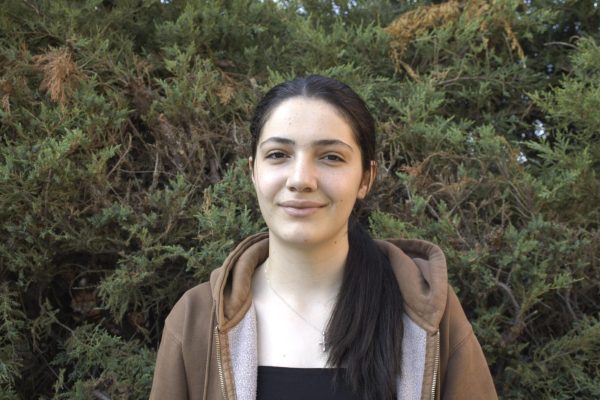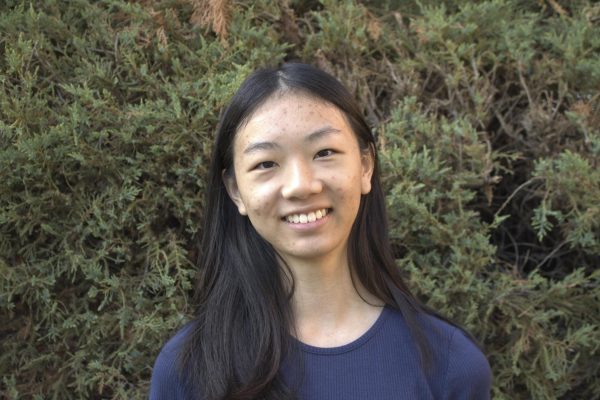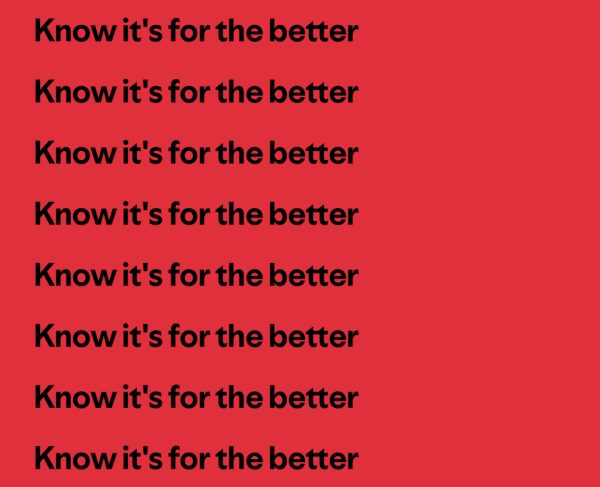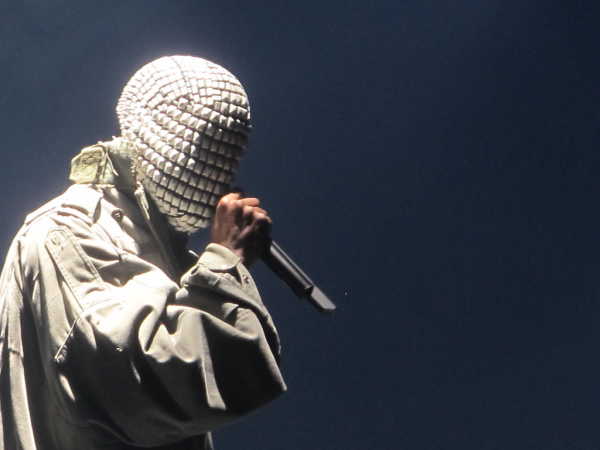Behind the Scenes in Publications
The Publications staff is having one of their regular meetings to discuss progress and concerns.
It’s the start of second semester and the halls are suddenly filled with dozens of flyers advertising the yearbook. From start to finish the yearbook is the group effort of class that functions more as a family than just classmates. With each production stronger bonds are formed.
A group of twenty-seven students’ months and hours of work is the driving force behind the whole production. Nearly seven months of going from photos on a camera and interviews on phones to Adobe InDesign and Photoshop, and lastly to the print shop.
The moment publications students enter the room, they enter a professional work environment. A hierarchy in the class helps create structure between the managing editors responsible for the design, page count, content, and checking pages, the section editors who have the task of keeping track and checking nearly fifty pages, and staff writers who are the newest crop of students.
A single class period is never enough to finish the nearly 200 pages in the yearbook, along with articles, newspapers, and a magazine. To make all of these publications happen students spent time outside of school hours. “Although, staying after school isn’t the best feeling, we feel so proud knowing that what we produced is near perfect,” junior Divinia Dilsizian said. “Putting in time outside of class is a must to make that happen.”
The class is one of the more unique ones on campus as it is fully student run. However, with that comes a lot of responsibility and the need for people who can properly handle the responsibilities. Hence, why each student goes through an interview process before joining the publications family.
It is never as easy to get everyone started because everyone starts at different points. The learning curve for new students is tremendous. They must learn the many parts of the yearbook production process: how to interview students, how to write in a journalistic style, how to take proper photos, use Adobe applications, and more nuances to produce publications.
Joining the class as sophomore, junior or senior is slightly easier as some have friends in the class. For freshmen the class is even more of a challenge. Freshman Adelina Ayvazyan is the only freshman in the class, and besides trying to adjust to highschool she has to take on the massive learning curve. “I’ve learned how to write way better and my time management skills have improved,” Ayvazyan said. “I see a big difference positively since I joined pubs.”
The yearbook starts out with dividing students into the four sections: People, Student Life, Academics, and Clubs. Then the section editors assign their members two to three spreads (right to left pages). The students are responsible for gathering content through interviews and taking photos. The content is then put into a Google Doc for the students to write captions for the photos.Once content is completed, the Section Editors have the tedious task of checking nearly fifty pages worth of content. They look for spelling, grammar, picture quality, and writing style. A lengthy back and forth process of checking and correcting pages takes months. As soon as Section Editors give the green light the students are ready to transfer the content into Adobe InDesign.
The students use their creativity to move around photos and texts to look visually interesting. Lead editors for design, photos, and content are the next filter. They once again check pages to make sure they are as close to perfect as possible. The editors have a keen eye for the little details and mistakes. Finally, the last set of eyes to look at the pages is Mrs. Tatevosian. When she has thoroughly checked each page and approved them the students upload the pages to the printing company’s website.
Once the main content pages are done there is still work to be done. The lead editors have to create the opening pages, the closing pages, and the signing pages. The advertisements submitted by parents and local businesses need to be designed and submitted too.
The yearbook itself is the biggest production the publications class makes, but it is not the only one. While the lengthy process of producing a yearbook is happening the students are also writing four articles for the Clark Chronicle each semester as well as creating newspapers and magazines.

Interests/Hobbies? Volleyball, Piano, Writing and Reading, Watching Basketball/Soccer.
Dream Destination? Switzerland
Something I'd tell my 10 year...

Interests/Hobbies? Reading, drawing, gardening
Dream Destination? Austria
Something I'd tell my 10 year old self: Things will get better, don’t...













